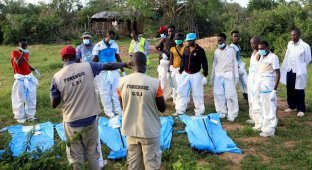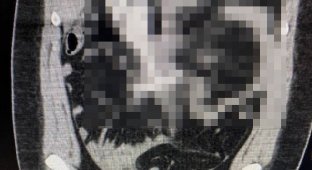Scientists discover 200-million-year-old parasite eggs
Found in fossilized excrement 200 million years old parasites. The researchers found that one of the earliest predators on planet was infested with roundworms known as roundworms, as well as many other parasites. This news came out less than a month later after scientists revived a prehistoric worm - long ago the extinct species Panagrolaimus kolymaensis, which has been in eternal permafrost of Siberia 46 thousand years. 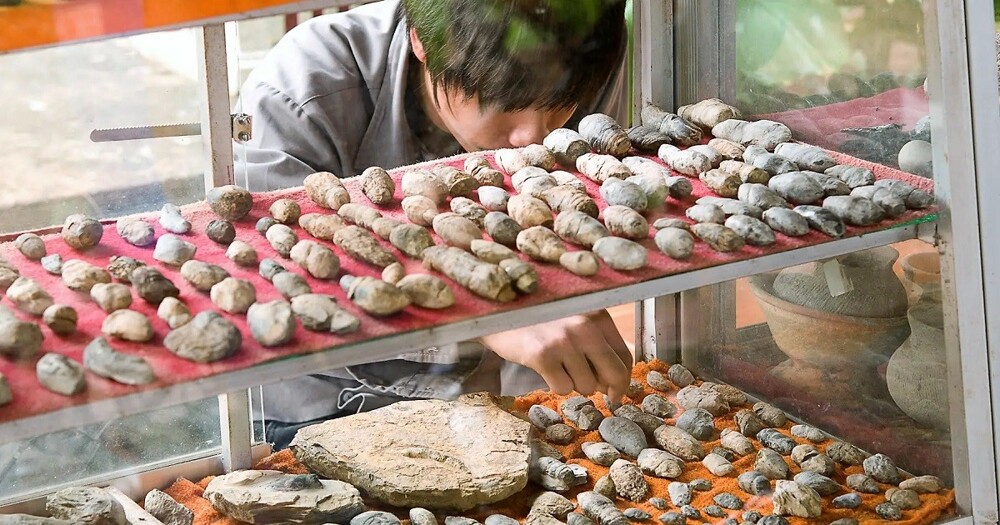
A team of scientists from Mahasarakham University, Thailand, conducted analysis of coprolite (petrified excrement) and found the structures of five parasite species 50 to 150 micrometers long each. Paleontologists applied the traditional diamond saw thin cut method and considered samples under a microscope.
One of them with a thick shell was identified as an egg roundworm, and the rest were either protozoan cysts or spores mosses and ferns. 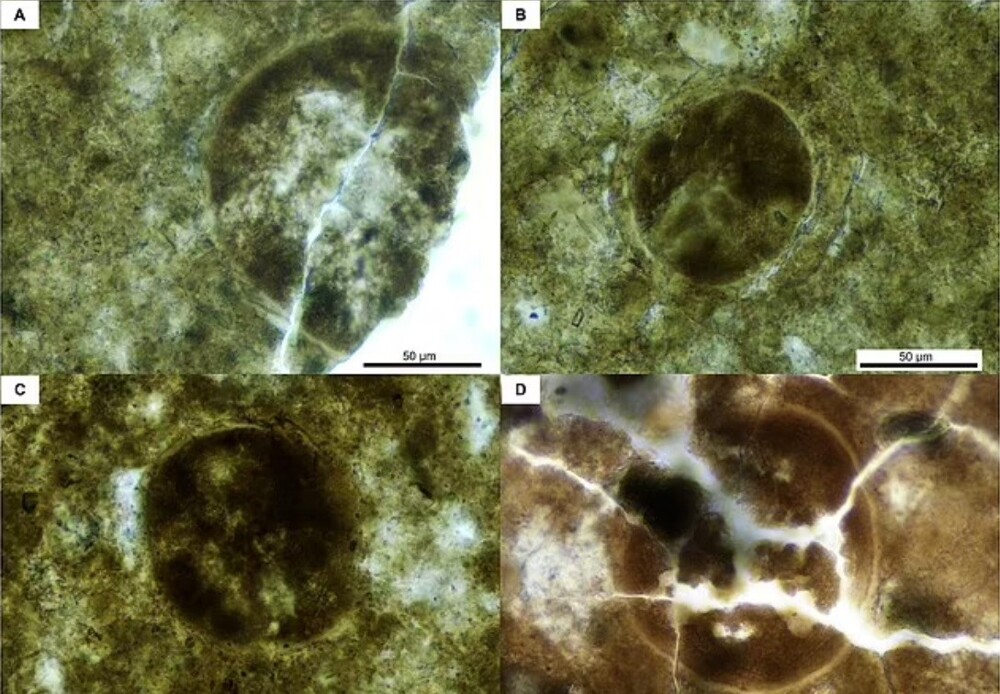
Above are parasite specimens that paleontologists have identified as "morphotype IV". Below - fern or moss spores
Modern parasites are common and important component of ecosystems, but ancient parasites and their role in prehistoric ecosystems are traditionally quite difficult to study, because very few specimens have survived in the fossil state.
Parasites often live in the soft tissues of their host, but rarely preserved as fossils. However, this coprolite of the late Triassic period, described in the journal PLOS ONE, was protected from external impacts in the Huai Hin Lat Formation in Thailand. Nakhodka, age which is 200 million years old, made by local residents. Similar instances attracted the Thais with their unusual shape, they began to be used in as talismans that bring good luck. 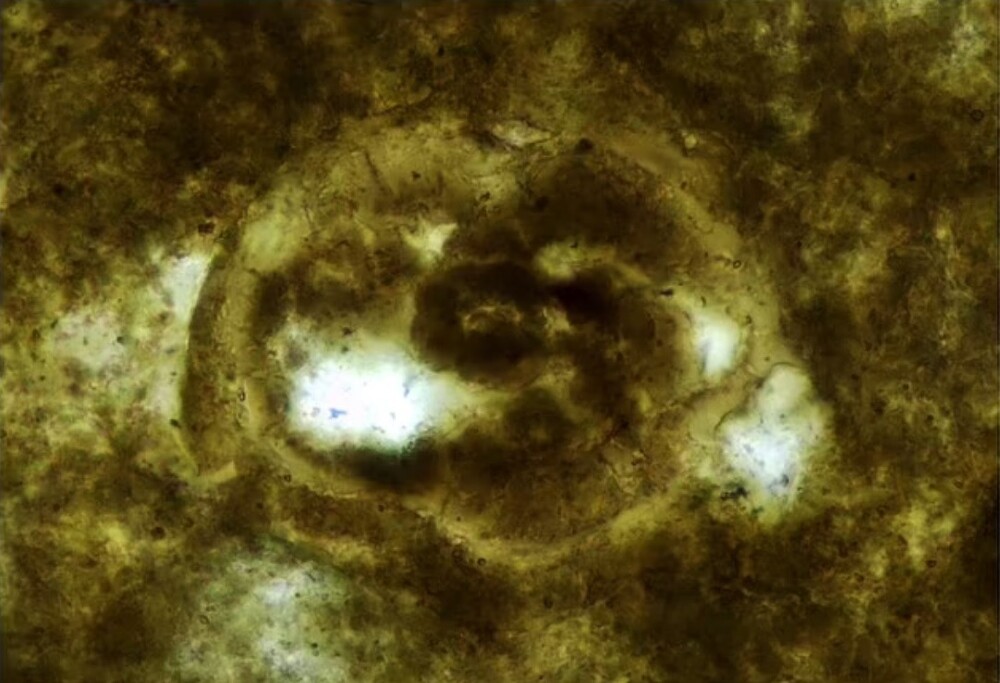
"Morphotype III". Scientists think it could be an egg roundworm with larvae, but further proof will be required research
"In 2010, we learned about the find and went on an expedition. The villagers led us to the place where the fossils were found." says paleontologist Tanit Nonsrirah.
This is the first record of parasites in a terrestrial vertebrate from Late Triassic in Asia. Nakhodka also added to the archive few examples of preserved ascaris eggs in coprolites Mesozoic animals. 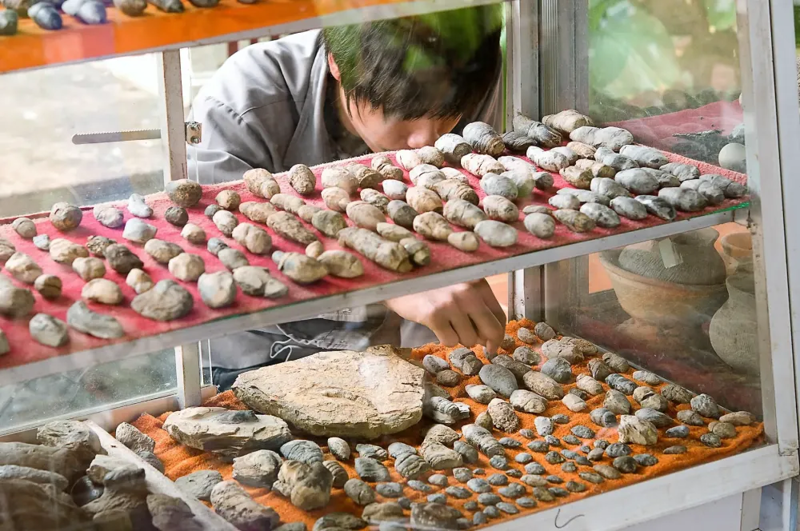
Coprolites found in Nong Yakong Village, Chaiyaphum Province, Thailand
"Several species of parasites, including roundworm eggs, have been found in a coprolite belonging to a crocodile-like reptile, perhaps a phytosaur, explains Nonsrirach. - So this is the first finding ascaris eggs and evidence of multiple infection in the animal, related to the Crurotarza from the Late Triassic of Asia".














